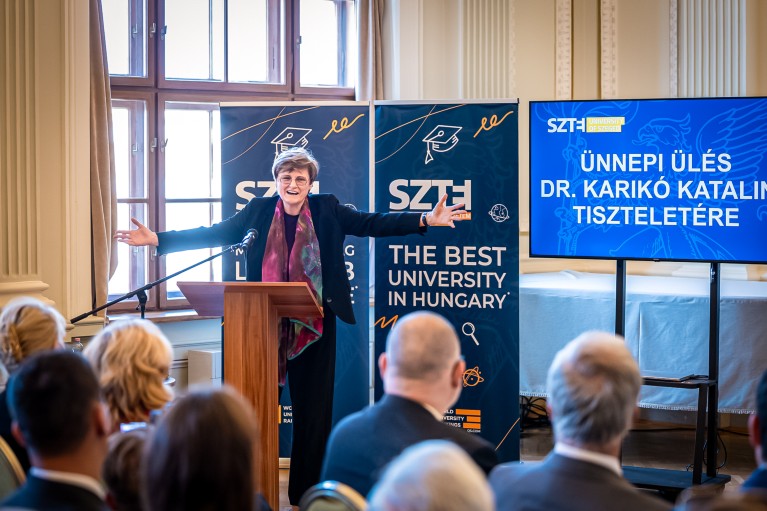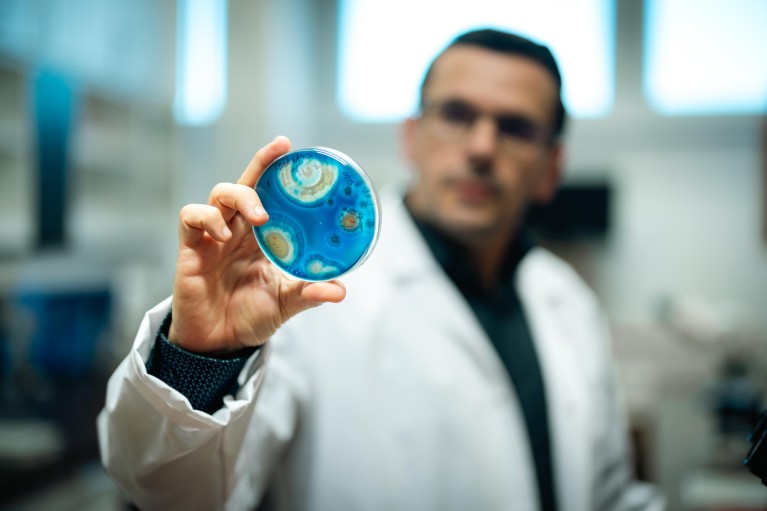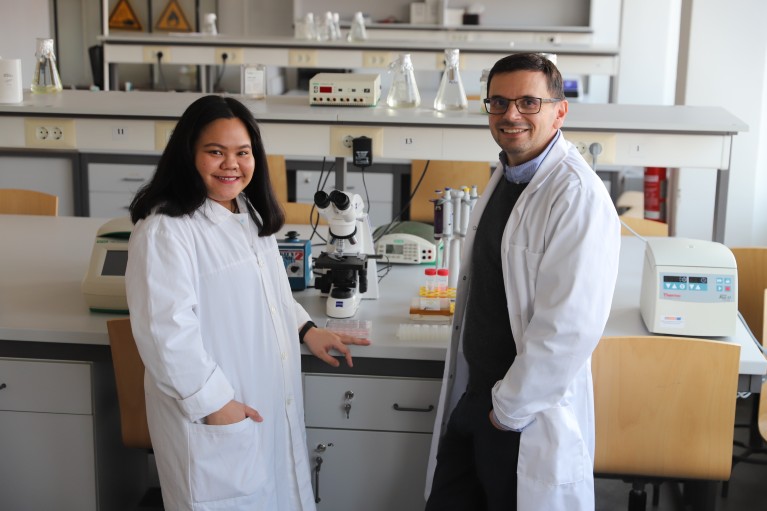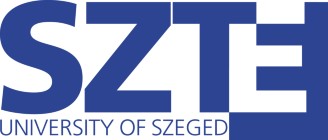These days, Katalin Karikó is often asked for the secret to her success, and she cannot help but laugh. “10 years ago, I was considered a loser,” she says.
Her lifetime of research on messenger RNA was widely viewed as a road to nowhere and led to her being demoted and struggling for research grants. However, her work came to fruition just as the world urgently needed new vaccines to tackle the COVID-19 pandemic.
Her perseverance has since been recognized by countless awards, most notably the 2023 Nobel Prize in Physiology or Medicine.

Katalin Karikó was greeted by a storm of applause at a ceremony in her honour at the Grand Hall of the University of Szeged.Credit: István Sahin-Tóth
Advice she offers is to follow the work of your fellow students. When working on her breakthrough discovery, Karikó realized that presence of modified nucleosides in mRNA might prevent their immune reaction. So, she turned to some of her former fellow students from the University of Szeged, in Hungary. Tamás Kiss, who lived in the same dormitory as Karikó, had also gone on to study RNA and discovered the snoRNA-based nucleoside modification in rRNA. “I followed what Tamás was doing and listened to his lectures, so I thought he could help,” she says. Kiss told her that the enzymatic approaches she had in mind couldn’t be applied to her mRNA.
When looking at an alternative chemical method, Karikó called János Ludwig, with whom she’d worked in the same lab as a graduate student in Szeged. “János is a brilliant organic chemist and always gave me good advice. He encouraged me to follow what other scientists are doing and to keep the highest standards of reproducibility in my work,” she says. “You must maintain those relationships with your fellow students. You form life-long bonds because you were students together.”
Karikó’s method of replacing the nucleoside uridine with its isomer, pseudouridine, when transcribing RNA in vitro worked to limit the mRNA’s immune reaction and increase its translational efficacy. This sparked an entirely new approach to developing vaccines and therapeutics, offering the flexibility to target a wide range of diseases, and the speed to develop new vaccines against SARS-CoV-2 within weeks of sequencing the virus’ genome.
‘Winning the lottery’
Karikó’s career owes a lot to her time at the University of Szeged, from first visiting aged 17 for a summer school aimed at promising pupils whose parents were blue-collar workers. That helped her to be accepted at the university where Albert Szent-Györgyi, the Nobel laureate, recognized for his research on vitamin C, used to be a professor. “It was like winning the lottery,” she says. After her undergraduate degree, she completed a PhD in biochemistry.
The curriculum at Szeged was wide-ranging, from understanding the intricacies of colloid chemistry to memorising the Latin names of plants and bones. This breadth positioned Karikó well for her research career at the interface of chemistry and biotechnology. She maintained a voracious appetite for scientific knowledge, keeping up to date on the latest research. “When there was only one mRNA publication per year, it was easy to follow the literature. Now, I try to read as much as possible, but every day there is so much more,” she says.
Science remains Karikó’s hobby, even though she no longer has much opportunity to enjoy time at the lab bench. Having spent decades struggling to get grants for her research, she can now use her prize money to support other researchers. As a professor at the University of Szeged, she is funding RNA research there and advising the next generation of scientists who are building on her legacy.

A study of symbolic significance: the former office of Nobel laureate Albert Szent-Györgyi, was given to Katalin Karikó, research professor at the University of Szeged. Photo by István Sahin-Tóth
One of the researchers benefiting from Karikó’s support is Attila Gácser, whose research group focuses on targeting fungal infections, in particular Candida. These pathogens are typically present in the body without causing harm, but if they break free of the immune system’s control, they can cause serious diseases. “There are only estimates of how many people are actually dying of fungal infections, but it is close to the number of deaths caused by malaria and tuberculosis,” says Gácser. “There is very little research into how we can efficiently combat fungal pathogens because they are very diverse, and are often found in the normal microbiome, making it even more challenging to develop a universal vaccine.”
Taking mRNA to another level
Gácser hopes to build on the mRNA work pioneered by Karikó to develop a therapeutic tool, or vaccine to target these opportunistic pathogens. However, this is more complex than the approach taken during the COVID-19 pandemic. “Fungal cells, such as those in Candida, do not possess highly distinct and easily identifiable antigens that trigger a robust antibody response, similar to the spike protein in SARS-CoV-2,” says Gácser. As our bodies are used to these fungi being present, the immune system is trained to tolerate them.
Attila Gácser is working on the fight against fungal infections. Photo by István Sahin-Tóth
The advantage of mRNA technology is that one can generate a multivalent vaccine by combining mRNAs coding for different proteins, triggering the immune system to recognize multiple targets. It also allows developers to create mRNA molecules coding for fusion molecules composed of different human proteins that recognize various fungal components. Gácser says this could offer a way to prevent the body from developing serious diseases and might serve as long-term protection.
Gácser is collaborating with Norbert Pardi, another University of Szeged graduate and now assistant professor at the University of Pennsylvania, to produce the mRNA and the lipid nanoparticles that carry it into the cell. The funding from Karikó is supporting the construction of a new advanced facility at Szeged to allow Gácser and others to safely study treatments for human pathogens in animals and human cells.
Karikó, or Kati as she is known, also offers advice from her years of experience. “Kati was working in the lab for almost her entire career. So, if she says that it will work, then it will work,” says Gácser.

Attila Gácser, professor at the University of Szeged and his PhD student Florabelle Cabarrubias in the lab. Photo by Anna Bobkó
One of Gácser’s PhD students, Florabelle Cabarrubias, had the chance to meet Karikó. “I think it’s very important in research that you have mentors around you who can help you with your experiments and professional development,” says Cabarrubias. “What I learned from her is that you should always build networks as early as possible because those people will stay with you and help you pursue even greater things.”


